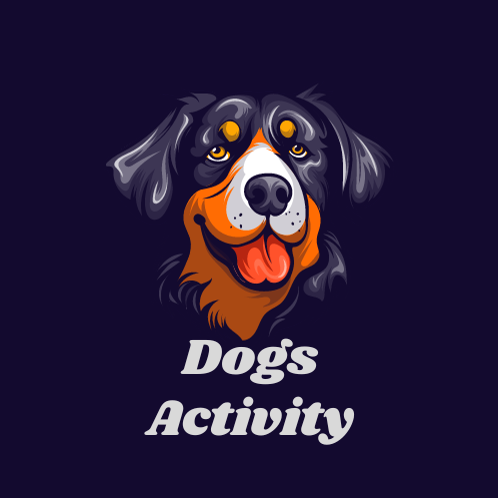
Introduction:
The loss of a beloved pet can be a profoundly emotional experience, leaving pet owners with a sense of longing and a desire to feel connected with their departed companions. Some individuals believe they encounter signs indicating their deceased pets are reaching out to them, while others may grapple with their dog’s panic attacks. Let’s explore these topics in detail.
Signs Your Deceased Pet Is Visiting You:
Losing a pet is a heart-wrenching experience, and many pet owners hold onto the hope that their departed pets continue to connect with them in some form. Some reported signs that might suggest a deceased pet’s presence include:
- Sensations or Presences: Some individuals feel their pet’s presence or sense them nearby, often in places associated with the pet’s memories.
- Dream Visits: Dreams involving the deceased pet where they appear healthy and engaged, providing comfort and reassurance to the grieving owner.
- Auditory and Olfactory Perceptions: Hearing familiar sounds or catching scents reminiscent of the pet’s presence, such as pawsteps or distinct fragrances.
- Behavior of Other Pets: Sometimes, other pets may exhibit behaviors similar to those of the deceased pet, which some interpret as a way of expressing the departed pet’s continued presence.
- Visual Manifestations: Rarely, individuals report seeing apparitions or visual manifestations resembling their deceased pets, though these experiences are highly subjective.
Understanding these signs is crucial, but interpretation varies widely among individuals. It’s important to approach these occurrences with an open mind and acknowledge the personal and subjective nature of these experiences.
Dog Panic Attack:
Dogs, like humans, can experience anxiety and panic attacks, causing distress to both the pet and its owner. Recognizing signs and managing panic attacks in dogs include:
- Panting and Hyperventilation: Rapid, shallow breathing, excessive panting, and hyperventilation indicate heightened anxiety or a panic attack in dogs.
- Restlessness and Pacing: Increased restlessness, pacing, or repetitive movements are common signs of a dog experiencing anxiety or panic.
- Excessive Vocalization: Dogs may vocalize more than usual during a panic attack, expressing distress through whining, barking, or howling.
- Physical Symptoms: Dilated pupils, trembling, or shaking are physical indicators of a dog’s anxiety or fear.
- Seeking Shelter or Hiding: Dogs may seek refuge in hiding spots or retreat to secure areas during a panic attack, attempting to alleviate their stress.
Managing a dog’s panic attack involves creating a calming environment, offering reassurance, and avoiding triggers that induce anxiety. Employing relaxation techniques such as deep breathing exercises, playing calming music, providing a safe space, and seeking guidance from veterinarians or certified animal behaviorists can help mitigate panic attacks in dogs.
It’s important to approach these experiences with an open mind and understand that interpretations of these signs may vary widely among individuals. The grieving process often leads individuals to find comfort in the belief that their departed pet continues to connect with them in some way.
Managing a dog’s panic attack involves creating a calming environment, offering reassurance, and avoiding triggers that induce anxiety. Employing relaxation techniques such as deep breathing exercises, playing calming music, providing a safe space, and seeking professional guidance from veterinarians or certified animal behaviorists can help mitigate panic attacks in dogs.
Conclusion:
Understanding signs of a deceased pet’s presence and recognizing dog panic attacks are vital for pet owners. While the signs of a deceased pet’s visitation are subjective and open to individual interpretation, managing dog panic attacks involves creating a stress-free environment and employing calming techniques to support their well-being.
Please note that due to space limitations, this overview offers a brief insight into each topic. If you require more comprehensive information or further details, please let me know, and I’ll be happy to assist further.



